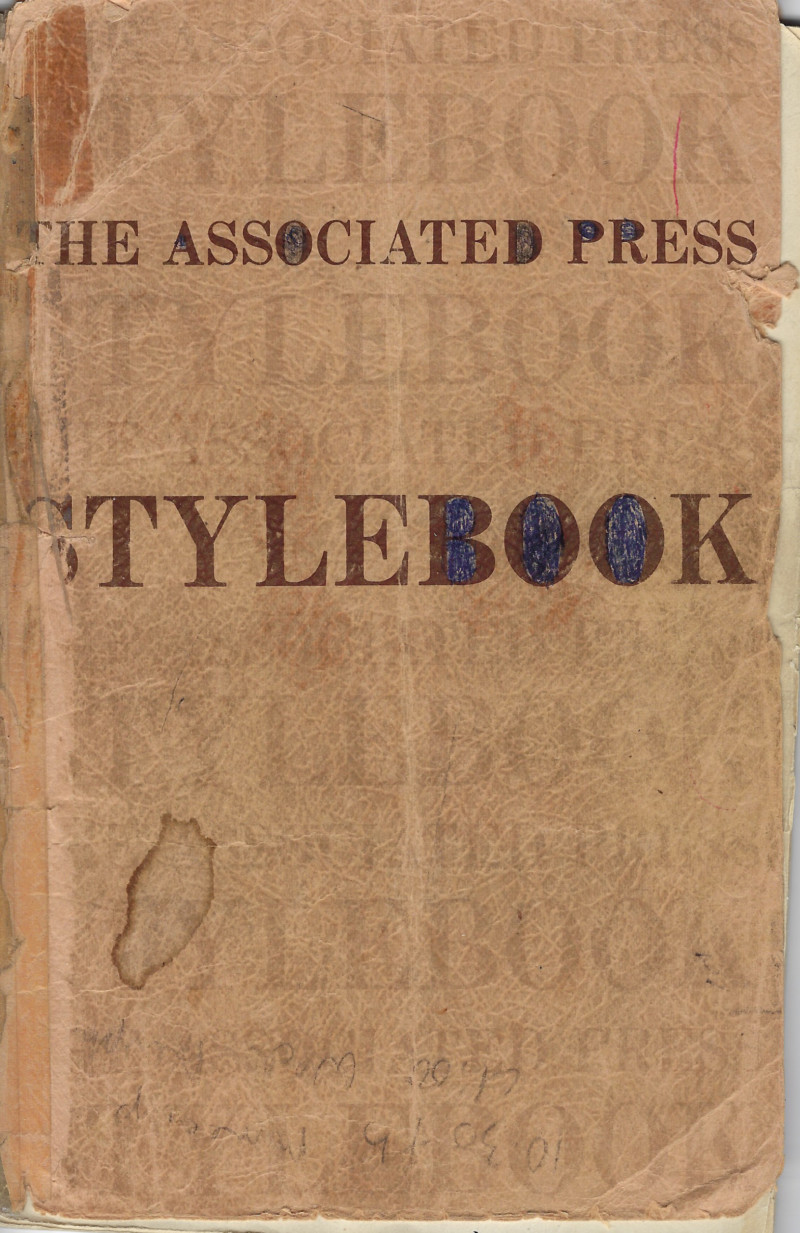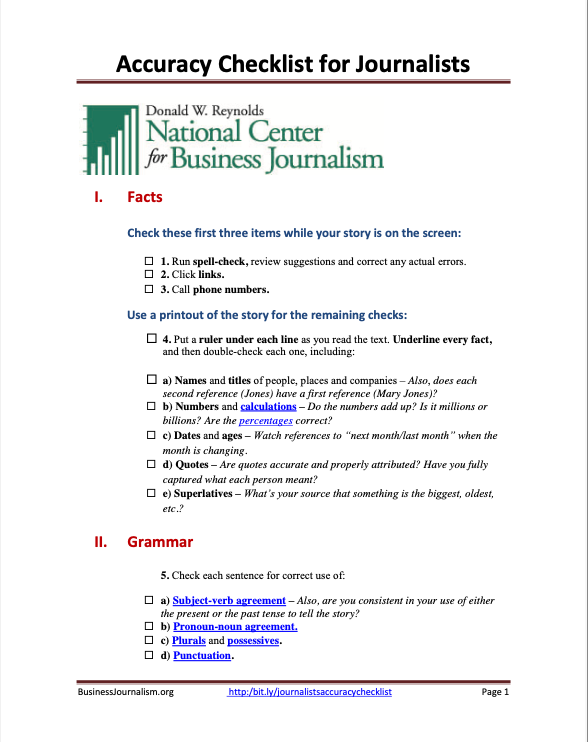11 Writing About Data
This module addresses:
–Writing Style
–Common Math Errors
–The Base
–Common Errors & Style Problems
–Accuracy Checklist
–AP Style on Numerals
Don’t use this “respectively” construction. It confuses the readers and leads to data errors.
Example: “Other private trade schools also made the top 10 list, such as Philander Smith in Little Rock and Bryan University in Rogers, with increases of 81 percent and 74 percent respectively.”
Revision: “Other private trade schools also made the top 10 list, such as Philander Smith in Little Rock with an 81% increase and Bryan University in Rogers, with a 74% increase.”

Math is prickly / Photo, Rob Wells
Percent vs Percentage Point
At Lyon College, 67 percent of non-first-generation students paid back their loans within five years, while only 53 percent of first-generation students did the same, which results in a 14 percent POINT difference. The median debt for both types of students was the same though, at $12,000.
You mean “percentage point.” 14 percent of 67 is 9.4.
Check out Steve Doig’s useful Math Crib Sheet for Journalists that has many useful examples of common newsroom math.
Student writes: “As of September 12, there was an increase of 173 cases in people ages 18 to 24. The 25 to 34 age group had the highest new case number, with 188 cases.”
–This is a frequent problem in beginning data assignments. An increase of 173 from what? Provide the base number.
Avoid Errors and Style Problems
Common errors
–Don’t begin a sentence with a number. Spell out numbers at the beginning of a sentence or just rephrase the sentence altogether.
–Be alert to confusing millions, billions and trillions. Double check.
–Don’t confuse percent and percentage point.
Common style problems
–Context! “18% homelessness in a district” - compared to what? Provide a statewide average.
–Use the specific number of you have it instead of fudging “around 2,000 cases.”
–Keep decimals to two places
–Round your decimals properly. Round up 5 and above.
–When using a ranking, abbreviate the “number,” i.e.: “He was my No. 1 choice.”
–Acronyms. Spell out organization on first reference: Central Intelligence Agency.
Use only widely known acronyms. On the web, your audience can be nationwide, or
worldwide.
–Order of numbers. I prefer to see the latest numbers first, THEN the older numbers.
New material, then context.
–Parallel comparisons. When possible, compare your data to the same period, i.e. summer to summer, avoid seasonal bias.
–Titles: Confine capitalization to formal titles used directly before an individual’s name. See AP Stylebook.
Read the Associated Press chapter on proper handling of numerals

Courtesy Merrill Perlman / Columbia Journalism Review
Another good resource is the Accuracy Checklist from the Donald W. Reynolds National Center for Business Journalism.
